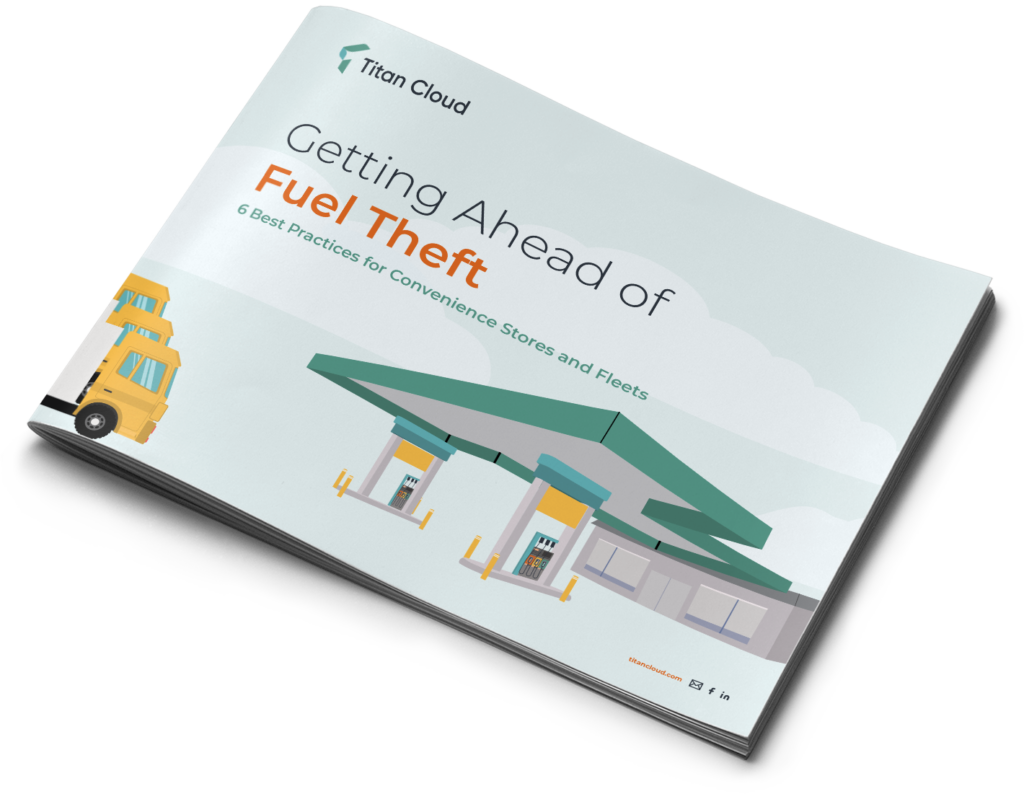
Top 5 Risks of Clogged Filters on Fuel Flow Rate and How Real-Time Monitoring Helps
According to AAA, the average regular gas price in the U.S. is $3.592 per gallon as of June 13. After falling for much of the second half of 2022, consumers are witnessing higher fuel prices this year due to increased demand and tighter supplies. Saudi Arabia also announced that it would begin cutting oil production by 1 million barrels per day in July to support the “stability and balance of oil markets.” This latest news is expected to increase prices over the travel season. And sadly, another trend that is increasing gas prices is fuel theft, with organized rings stealing enormous amounts of fuel.
Eight people were arrested and charged last month with being part of a large-scale fuel theft network that stole more than 100,000 gallons (378,541 liters) of fuel from service stations in the Houston area. Between February 2022 and October 2022, local officials believe that up to 16 suspects are responsible for more than 60 incidents of fuel theft.
The suspects used a technique known as pulsar tampering, which involves manipulating fuel pump systems that measure how much fuel is being dispensed. A device is connected to the fuel pump to keep the fuel flowing while charging only a fraction of what was pumped. Crimes like this affect more than the gas station from which they are stealing, and we all end up paying more at the pump.
As the single largest expense fuel retailers and convenience store operators manage, every operator has a process in place to manage their fuel inventory. Surprisingly, many still manage fuel inventory and reporting using labor-intensive spreadsheets or outdated technologies incapable of monitoring real-time inventory fluctuations and eliminating sources of loss.
With a comprehensive data analytics platform, stakeholders can collaborate more effectively to understand anomalies. It is about gathering information together and then sharing those insights with personnel to examine operations with precision. Furthermore, a data analytics platform permits monitoring of locations remotely and at scale. Companies can monitor key systems from afar, ensuring that equipment is operating properly, and remain on top of exceptions.
Traditional back-office systems simply cannot keep up with daily reconciliation, especially for most accounting team’s typical 4-to-7-day audit time and high-loss threshold. Additionally, it is tough for a remote account team that isn’t actively running the business to determine whether dispensers are being used at unusual hours or if data from the tank system matches the pump record.
With an intelligent analytics solution, every fuel touchpoint including terminal to hauler, hauler to tank, tank storage, and dispenser to customer vehicle, can be reconciled in real time making it easier to quickly identify the root cause of an issue and recommend immediate resolutions.
As thieves are becoming more sophisticated and employing technology to evade discovery, they are counting on you to carry on as usual while they steal fuel covertly. However, if operators had access to the right software technology, scenarios like the one in Houston would have been identified quickly and not allowed to persist for eight long months.
The advantages of the right software platform extend beyond data insights for fuel theft detection. Convenience store owners and operators utilize Titan Cloud’s Fuel Analytics software to gain real-time visibility into their tanks’ inventory levels as well as to track other deviations across tank charts, meters, deliveries, temperature, and leaks. What’s more, Fuel Analytics significantly enhance the customer fueling experience by identifying and preventing fuel issues like sluggish flow, nozzle unavailability, or tank shutdowns to have a real impact on the bottom line.
Operators rely on Titan to have total insight over all fuel movements, allowing them to make informed, proactive fueling decisions to track every drop of fuel purchased, stored, and sold.
According to one Titan customer, after implementing Fuel Analytics, they significantly reduced inventory variance, lowered acceptable delivery variances by 60%, and increased fuel sales by .5% per site.
As fuel theft is pervasive throughout the oil and gas sector, it is critical to adopt a comprehensive strategy to quickly uncover and address any issues in near real-time. While criminals will navigate new ways to evade security measures, focusing on the fundamentals will help operators stay ahead of criminal activities. Companies will benefit from hardening core infrastructure, real-time data, and purpose-built software to gain a deeper understanding of the problem.
In this eBook, get detailed tactics you can implement now to stop fuel theft before it becomes a major problem for your business, as well as:

